Women Aren’t Leading Nation's Top Art Museums; Connecticut Fares Better
/
When the Wadsworth Atheneum, America’s oldest public art museum, hired Susan Lubowsky Talbott as Executive Director in 2008, she was described by the museum’s board chair as “the absolute best person on the face of this planet to lead the way.”
Talbott, who will be marking six years at the helm of the state’s leading art museum, came to the state after three years as the director of Smithsonian Arts at the Smithsonian Institution in Washington. Previously, she was director and C.E.O. of the Des Moines Art Center from 1998 to 2005, where she formed partnerships with more than 100 community organizations and is credited with doubling museum attendance during her first two years.
Having a woman at the helm of a leading art museum is more the exception than the rule, according to a report by the Association of Art Museums Directors, a professional organization, The New York Times reported recently. The organization indicated that women run jut a quarter of the biggest art museums in the United States and Canada, and earn a third less than their male counterparts.
The report also noted that “strides ma de by women at small and midsize museums” (often university or contemporary art institutions) where women hold nearly half of the directorships and earn on a par with men. Just five of the 33 most prominent art museums are led by women.
de by women at small and midsize museums” (often university or contemporary art institutions) where women hold nearly half of the directorships and earn on a par with men. Just five of the 33 most prominent art museums are led by women.
Amy Meyers is Director of the Yale Center for British Art. The Yale Center for British Art is a public art museum and research institute for the study of British art and culture. Presented to Yale University by Paul Mellon (Yale College, Class of 1929), the Center houses the largest collection of British art outside the United Kingdom. Meyers has served since 2002. A Yale alumna (she earned a Ph.D. in American studies in 1985), Meyers was previously curator of American art at the Henry E. Huntington Library, Art Collections and Botanical Gardens in San Marino, California.
As director of the Yale Center for British Art, Meyers has worked to strengthen the museum's role as a leading research and educational institute in the history of arts, while continuing its active exhibitions program. She has reached out to students, faculty and scholars to involve them in the life of the center and created a Preservation Committee to oversee conservation of the current museum site.
As for the other leading museums in the state, it’s reigning men.
The New Britain Museum of American Art, founded in 1903, was the first institution in this country devoted to collecting and exhibiting American art. The Museum’s collection comprises more than five thousand works and is constantly expanding in an effort to reflect our ever-evolving culture. Leading the effort is director is Douglas Hyland. Hyland arrived in 1999 from the San Antonio Museum, where he was director. In a 2009 article, Connecticut magazine reported that “in the 10 years since his arrival, Hyland has doubled its collection to 10,000 objects. He has also doubled its full-time staff, from 12 to 24, doubled the number of docents, to 100, and more than doubled museum membership, from 1,200 to 3,500.”
The director of the Florence Griswold Museum in Old Lyme, the home of American Impressionism, is Jeff Anderson. Peter C. Sutton is Executive Director and Chief Executive Officer of the Bruce Museum in Greenwich. Bruce Museum offers a changing array of exhibitions and educational programs that promote the understanding and appreciation of art and science. The Lyman Allyn Art Museum in New London interim Director is James Eckerle. LAAM is the only museum in Southeastern Connecticut to offer a comprehensive collection of European art as well as American fine and decorative art: the permanent collection is comprised of over 10,000 objects.
Although not an art museum, prominent in Connecticut’s museum roster is the Mark Twain House & Museum, where Cindy Lovell, not yet a year into her position as Executive Director, has been characterized by a focus on Twain and education in her career. After working for years as a university professor, she became director of the Mark Twain Boyhood Home in Hannibal, Mo. Her next stop was Hartford.
The Times reported that women leading art museum with budgets of over $20 million across the country are Kimerly Rorschach, who was hired in 2012 to lead the Seattle Art Museum, Janet Carding at the Royal Ontario Museum, Karol Wight at the Corning Museum of Glass, Nathalie Bondil at the Montreal Museum of Fine Arts and Kaywin Feldman at the Minneapolis Institute of Arts.
Photos: Susan Lubowsky Talbott (left) and Amy Meyers; Wadsworth Atheneum.



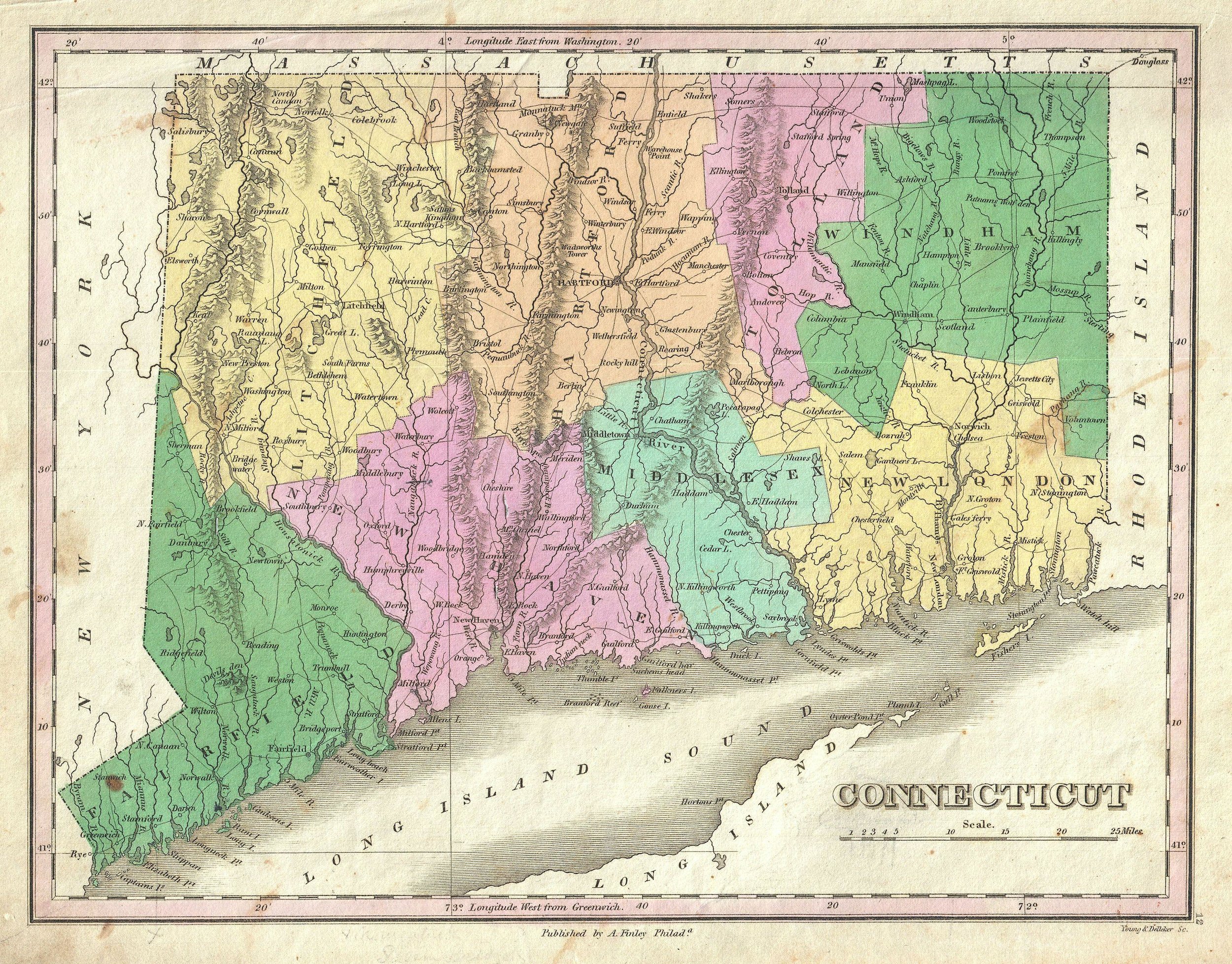


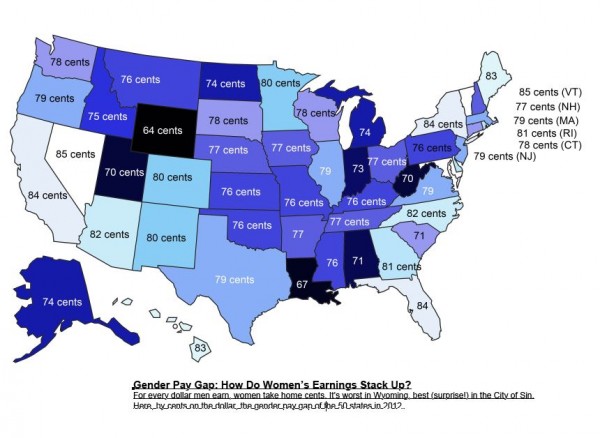 ogress is reflected in the total of 16 states in which women are now earning 80 cents or more to every male dollar, twice the count of 2010.
ogress is reflected in the total of 16 states in which women are now earning 80 cents or more to every male dollar, twice the count of 2010.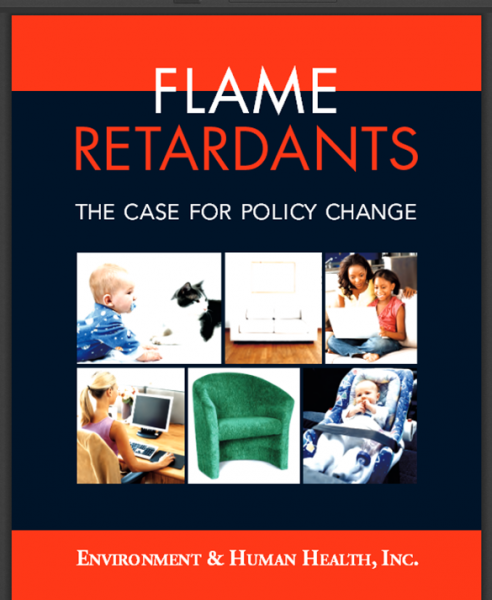 n, president of Environment and Human health, Inc. “It is time for flame-retardants to be removed from all low fire-risk situations and products. As well, a certification program should be established where manufacturers certify the absence of flame-retardants, just as organic food programs certify the absence of pesticides.”
n, president of Environment and Human health, Inc. “It is time for flame-retardants to be removed from all low fire-risk situations and products. As well, a certification program should be established where manufacturers certify the absence of flame-retardants, just as organic food programs certify the absence of pesticides.”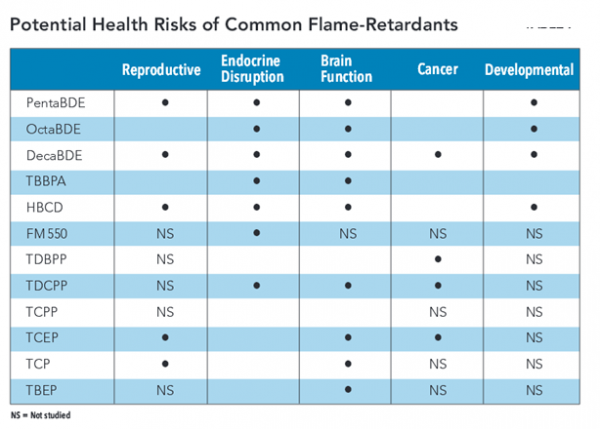
 g human health from environmental harms. EHHI does not receive any funds from businesses or corporations. The organization’s mission is “to conduct research to identify environmental harms affecting human populations, promote public education concerning the relationships between the environment and human health, and promote policies in all sectors that ensure the protection of human and environmental health with fairness and timeliness.
g human health from environmental harms. EHHI does not receive any funds from businesses or corporations. The organization’s mission is “to conduct research to identify environmental harms affecting human populations, promote public education concerning the relationships between the environment and human health, and promote policies in all sectors that ensure the protection of human and environmental health with fairness and timeliness. ,” the report indicated. Then, the shooting at Sandy Hook Elementary School in Newtown on December 14, 2012 provided “a major impetus for lawmakers to propose legislation which would impact children and adults living with mental illness,” the 63-page report indicated.
,” the report indicated. Then, the shooting at Sandy Hook Elementary School in Newtown on December 14, 2012 provided “a major impetus for lawmakers to propose legislation which would impact children and adults living with mental illness,” the 63-page report indicated.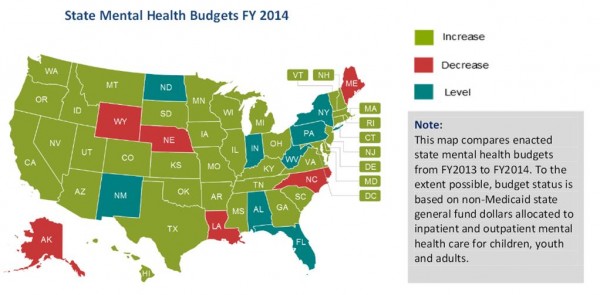
 013. Only Rhode Island lost population (1,056 people) during the period, and the Southern and Western states accounted for more than 80 percent of the growth nationwide.
013. Only Rhode Island lost population (1,056 people) during the period, and the Southern and Western states accounted for more than 80 percent of the growth nationwide. from 114,555,744 in 2010 to an estimated 118,383,453 in 2013. The West was close behind, with a 3.2 percentage-point growth during the period, from 71,945,553 in the 2010 Census to an estimated 74,254,423 in July 2013.
from 114,555,744 in 2010 to an estimated 118,383,453 in 2013. The West was close behind, with a 3.2 percentage-point growth during the period, from 71,945,553 in the 2010 Census to an estimated 74,254,423 in July 2013.
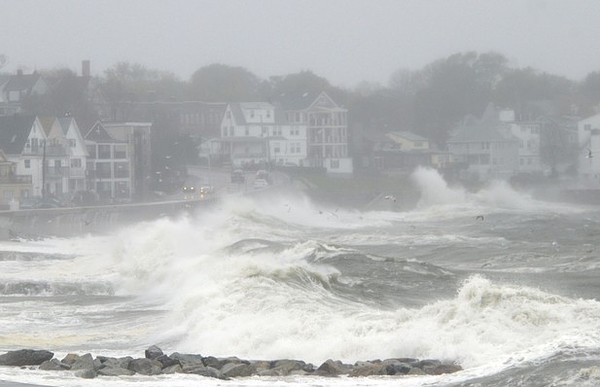 That would mean that by the middle of this century, the one-in-10 year flood level at Atlantic City, for example, would exceed any flood level seen previously, including the natural disaster that was Superstorm Sandy. The scientists suggest, based on their research, that “planners should account for rising sea levels,” noting that “where the consequences of flooding are high, prudent planning requires consideration of high-end projections” outlined in their study.
That would mean that by the middle of this century, the one-in-10 year flood level at Atlantic City, for example, would exceed any flood level seen previously, including the natural disaster that was Superstorm Sandy. The scientists suggest, based on their research, that “planners should account for rising sea levels,” noting that “where the consequences of flooding are high, prudent planning requires consideration of high-end projections” outlined in their study. . “I believe that the projections for bedrock locations are applicable throughout Connecticut,” said Miller, a professor of earth and planetary sciences in Rutgers' School of Arts and Sciences.
. “I believe that the projections for bedrock locations are applicable throughout Connecticut,” said Miller, a professor of earth and planetary sciences in Rutgers' School of Arts and Sciences. 
 vel rise in the mid-Atlantic region also results from changes in ocean dynamics. The researchers said sea-level rise could be higher -- 2.3 feet by mid-century and 5.9 feet by the end of the century -- depending on how sensitive the Gulf Stream is to warming and how fast the ice sheets melt in response to that warming.
vel rise in the mid-Atlantic region also results from changes in ocean dynamics. The researchers said sea-level rise could be higher -- 2.3 feet by mid-century and 5.9 feet by the end of the century -- depending on how sensitive the Gulf Stream is to warming and how fast the ice sheets melt in response to that warming.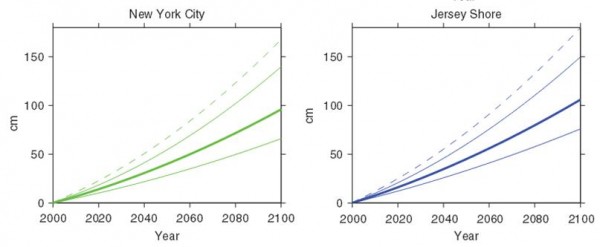 c organization representing more than 62,000 members in 144 countries.
c organization representing more than 62,000 members in 144 countries. . Those attending school in the state: are Wesleyan student Samantha Jacobson of Needham, MA, Yale undergraduates Gabriel Perlman of New York, Reid Magdanz of Alaska and Jon Morgan of South Africa, and Yale Law School student Giselle Barcia of Miami, FL, Business New Haven reported.
. Those attending school in the state: are Wesleyan student Samantha Jacobson of Needham, MA, Yale undergraduates Gabriel Perlman of New York, Reid Magdanz of Alaska and Jon Morgan of South Africa, and Yale Law School student Giselle Barcia of Miami, FL, Business New Haven reported.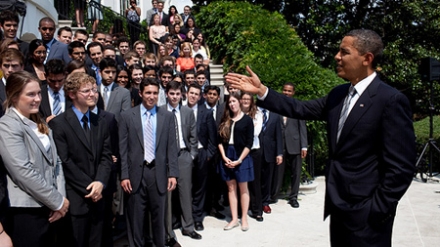 nternship experience includes an emphasis on service and interns participate in regularly scheduled service projects at schools and non-profit organizations in Washington, D.C.
nternship experience includes an emphasis on service and interns participate in regularly scheduled service projects at schools and non-profit organizations in Washington, D.C. Internship Program is now open. The deadline is January 4, 2014.
Internship Program is now open. The deadline is January 4, 2014. sbury in 2013 and 2011, and Cheshire in 2013 and 2011. Single appearances were made by Norwalk, Stamford, Portland, Tolland, Greenwich, South Windsor, Fairfield, and most recently, Brookfield.
sbury in 2013 and 2011, and Cheshire in 2013 and 2011. Single appearances were made by Norwalk, Stamford, Portland, Tolland, Greenwich, South Windsor, Fairfield, and most recently, Brookfield.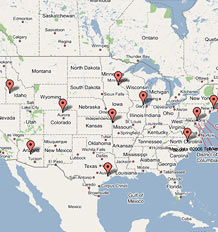 Hartford at #55. The town was joined by Stamford at #78, Hamden at #87, and Norwalk at #90.
Hartford at #55. The town was joined by Stamford at #78, Hamden at #87, and Norwalk at #90. ts of both political parties into mayoral offices in cities and towns across the landscape?
ts of both political parties into mayoral offices in cities and towns across the landscape? tors frequently confronted devastating epidemics that wiped out many of the members of their groups; at such times, having a healthy leader might have been particularly important,” they wrote recently in
tors frequently confronted devastating epidemics that wiped out many of the members of their groups; at such times, having a healthy leader might have been particularly important,” they wrote recently in 


























